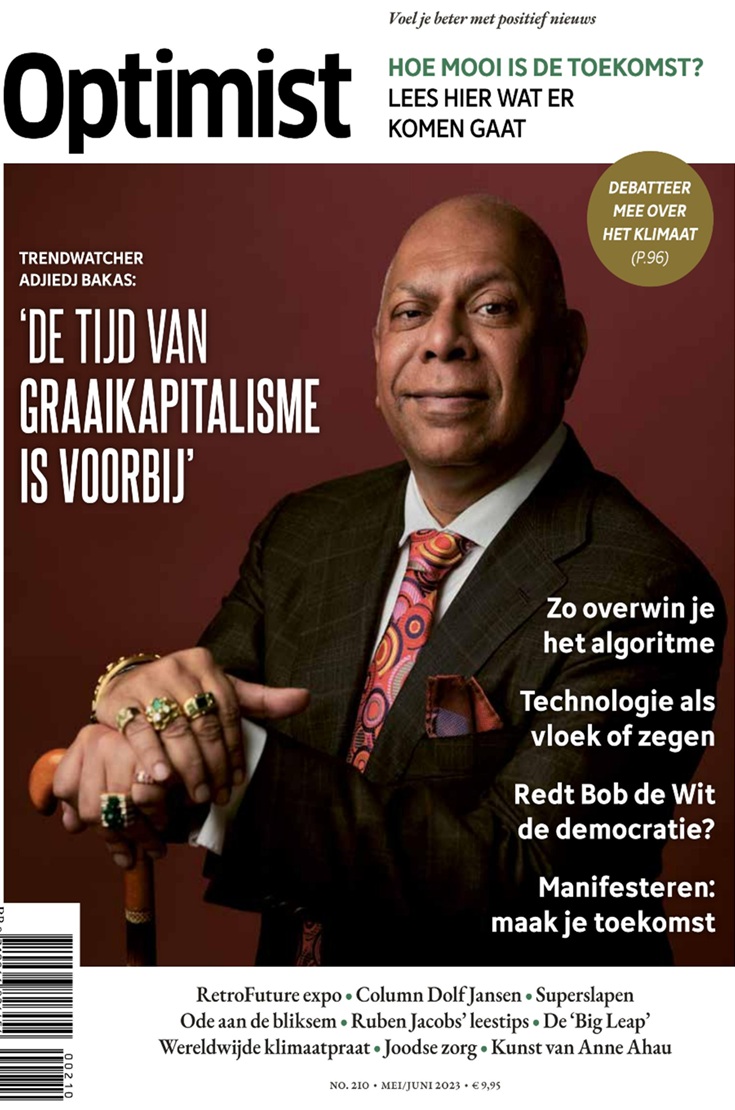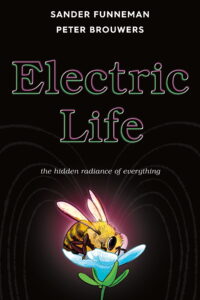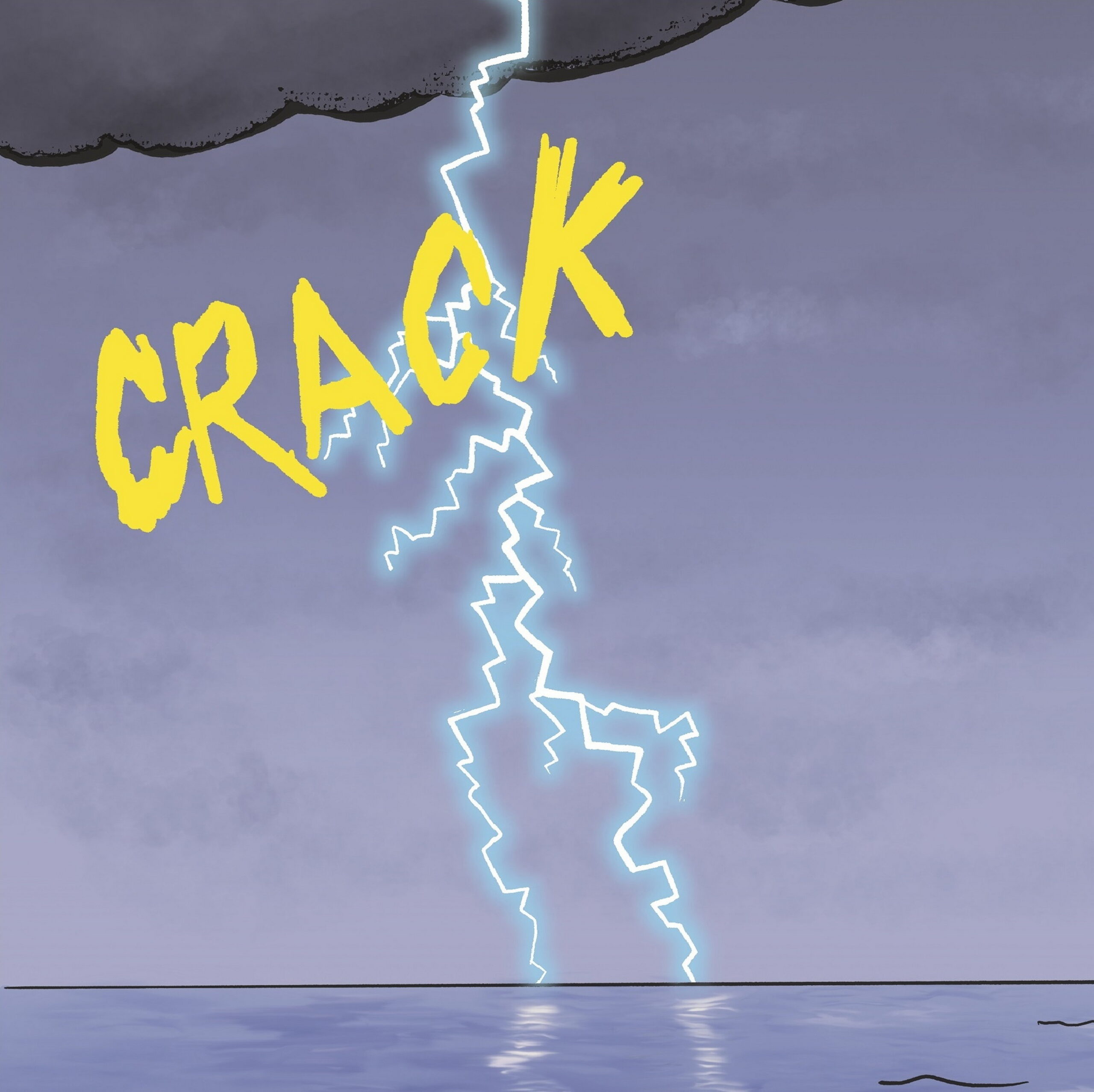Every time lightning strikes, it is an essential event for all life on earth. As long
as you are not directly hit by it, there are many reasons to be grateful for it.
This is an ode to lightning.
Text © Sander Funneman, Illustrations © Peter Brouwers
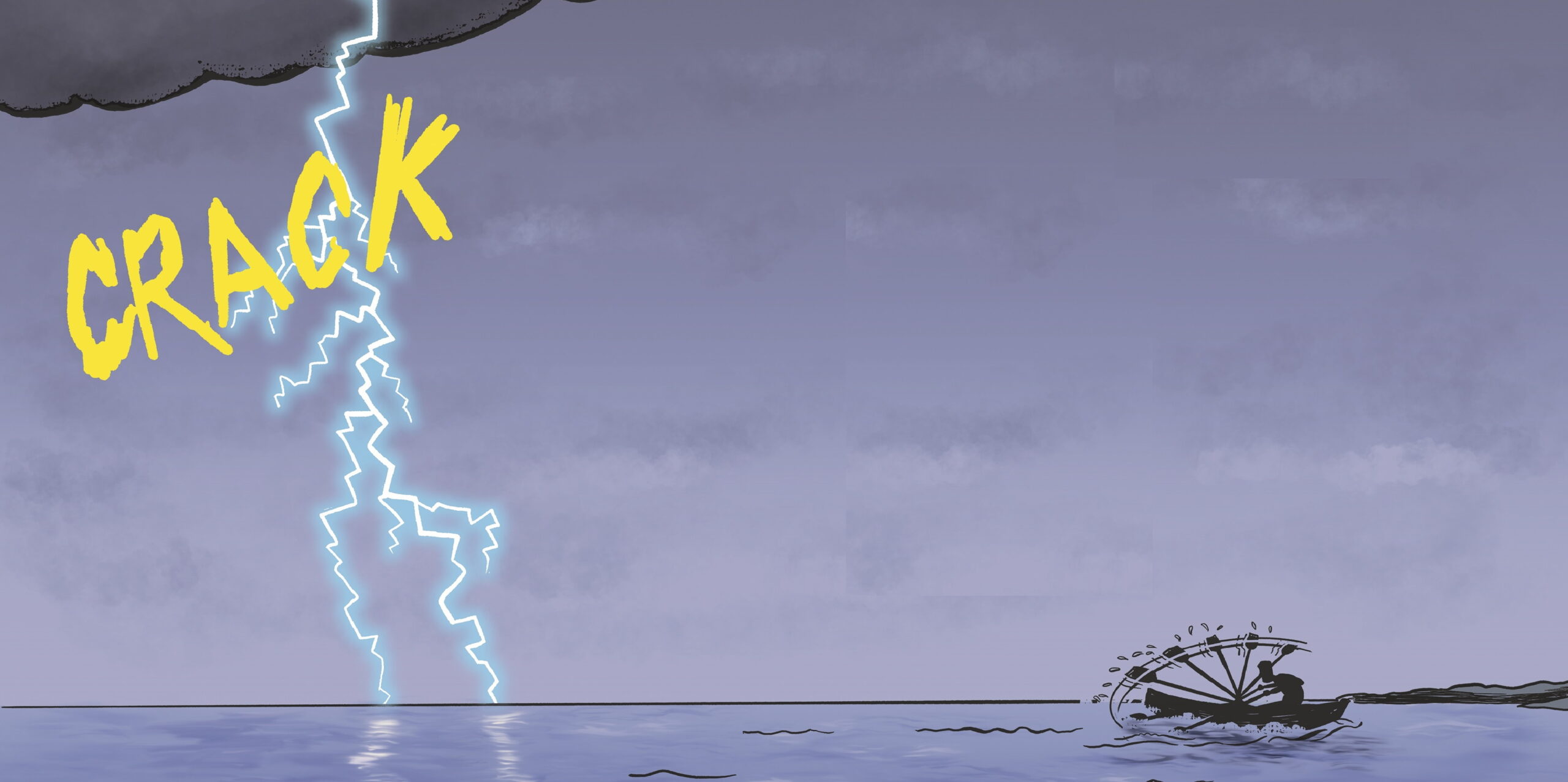
We hardly ever stop a moment to think about lightning. For most of us, lightning is just a beautiful, or slightly scary, spectacle that sometimes can be seen, far away, at the end of the horizon. Here you find a somewhat different perspective. Because, according to the past decades of research, every time lightning strikes somewhere, it turns out to be a monumental nourishing event, essential for the maintenance, continuance and evolution of all life on earth. And as long as we are not directly hit by lightning, we have every reason to be awe struck and very grateful for the existence of it. And here is why.
About the foundations of life
More and more people are concerned with the quality of food. Does it contain enough fibre, vitamins and minerals? Is it organic or not? Does it contain too much sugar? Does it have healthy fats in it or just industrially produced trans fats. Clean air is also getting more and more attention. For example, there is a comprehensive Federal law that regulates all sources of air emissions; the Clean Air Act (CAA). The 1970 CAA authorized the U.S. Environmental Protection Agency to establish national ambient air quality standards to protect public health and the environment. Healthy food, clean air and clean drinking water are the stable building blocks for life.
In a most basic sense, without physical food we have two or three months to live, without water perhaps a few weeks, and without air we are done within minutes. For animals and plants, these proportions are not much different.
Besides these three building blocks, there is a fourth building block that we may need even more than food, water and oxygen. Its name is electromagnetism – surprising as it may sound. According to the latest findings; it will be hard to make it to the end of the next few seconds without access to electricity. What!?
Global studies show that electromagnetism comes to us in many different ways: through the Earth’s surface, through the atmosphere, through the Earth’s magnetic field, through solar winds and even from the trees in a park or forest. All the senses are using it. And our brain, heart, muscles, nerves and cells work with it. Every thought, every feeling and every emotion is made up of electromagnetism. And as we sit here now, going over these words, our focus is in our electric fields, stirred up in us by just act of reading, understanding, and wondering. The entire ecosystem uses electricity in hundreds of subtle ways. Bees use it in pollination, bacteria and elephant nose fish use it to communicate with each other and migratory birds use it to navigate.
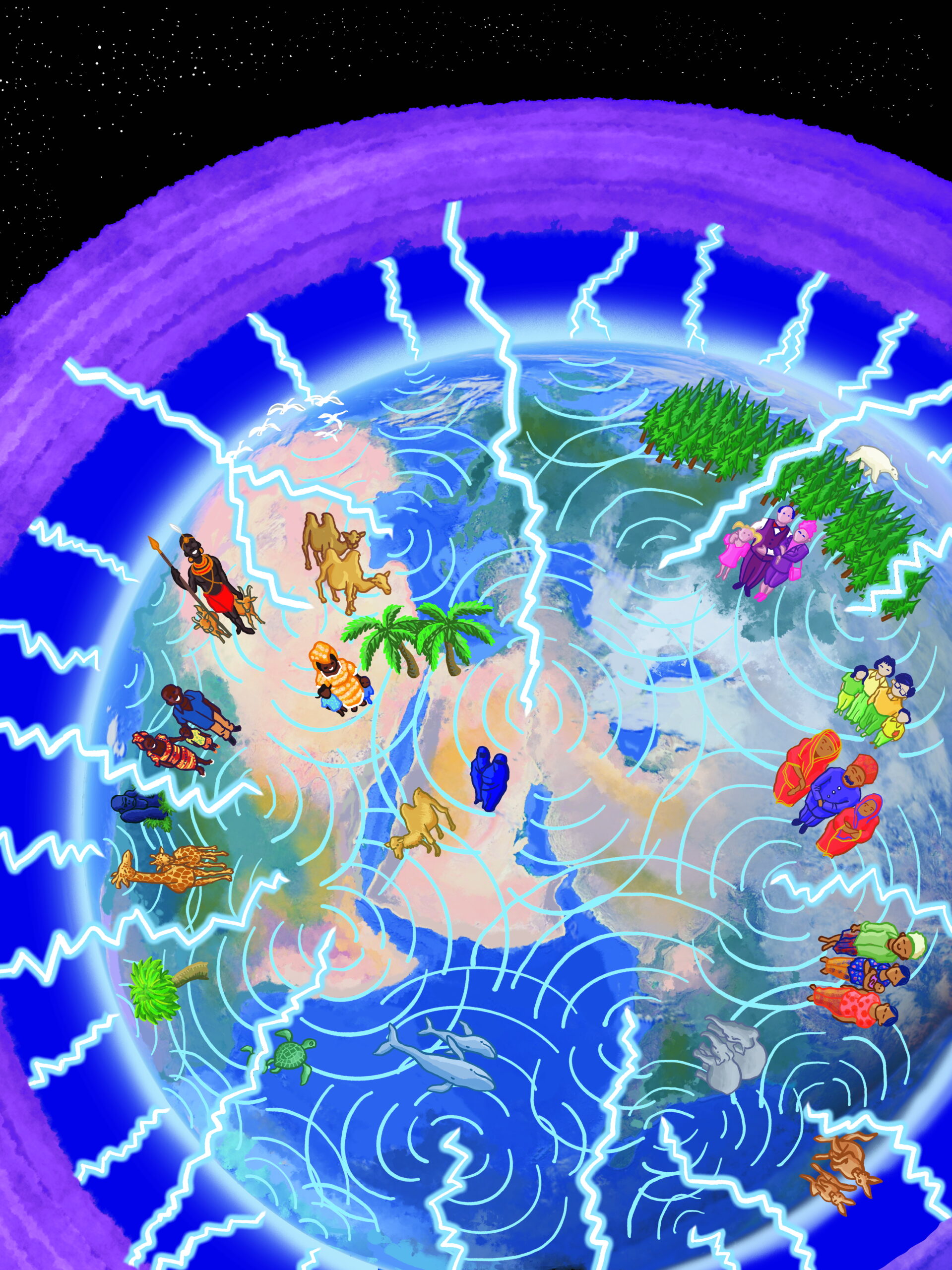
Everything affected by lightning
So next to sandwiches and broccoli we also need various kinds of electricity. The earth surface for example feeds every living creature lots of negatively charged electrons. Another precious electrical food source is lightning. Yes, lightning. Lightning is a veritable and essential lifeline. At any given moment, thousands of lightning flashes take place, scattered across the planet, continuously filling the space between the earth’s surface and the ionosphere with specific electromagnetic frequencies, in the same way as the frequencies of the sounds of a carillon fill a market square. The vibrations of lightning, inaudible to human ears, echo across the planets surface.
Some 78% of the atmosphere consists of nitrogen. ‘Air nitrogen’ is mostly not suitable for consumption by plants. It needs to be changed before it can be absorbed by plants. With every flash of lightning, air nitrogen is pulled apart. This allows it to bind with oxygen, creating nitrates. This plant fertiliser dissolves in water droplets in the clouds and comes down with the rain. So when there is lightning and rain, the land is naturally fertilised for free. Thus, the grass, plants and trees are all positively affected by lightning.
Lightning electrically instantiates the earth’s atmosphere by charging it with various life-giving frequencies between 0 and 60 hertz. By the way, the same frequency range is also used by the brain. Astronauts learned that lesson when they went out to space without an artificial generator that could generate lightning frequencies. They became ill. There have been several tests separating humans, lightning and the earth’s magnetic field with the same debilitating effects.
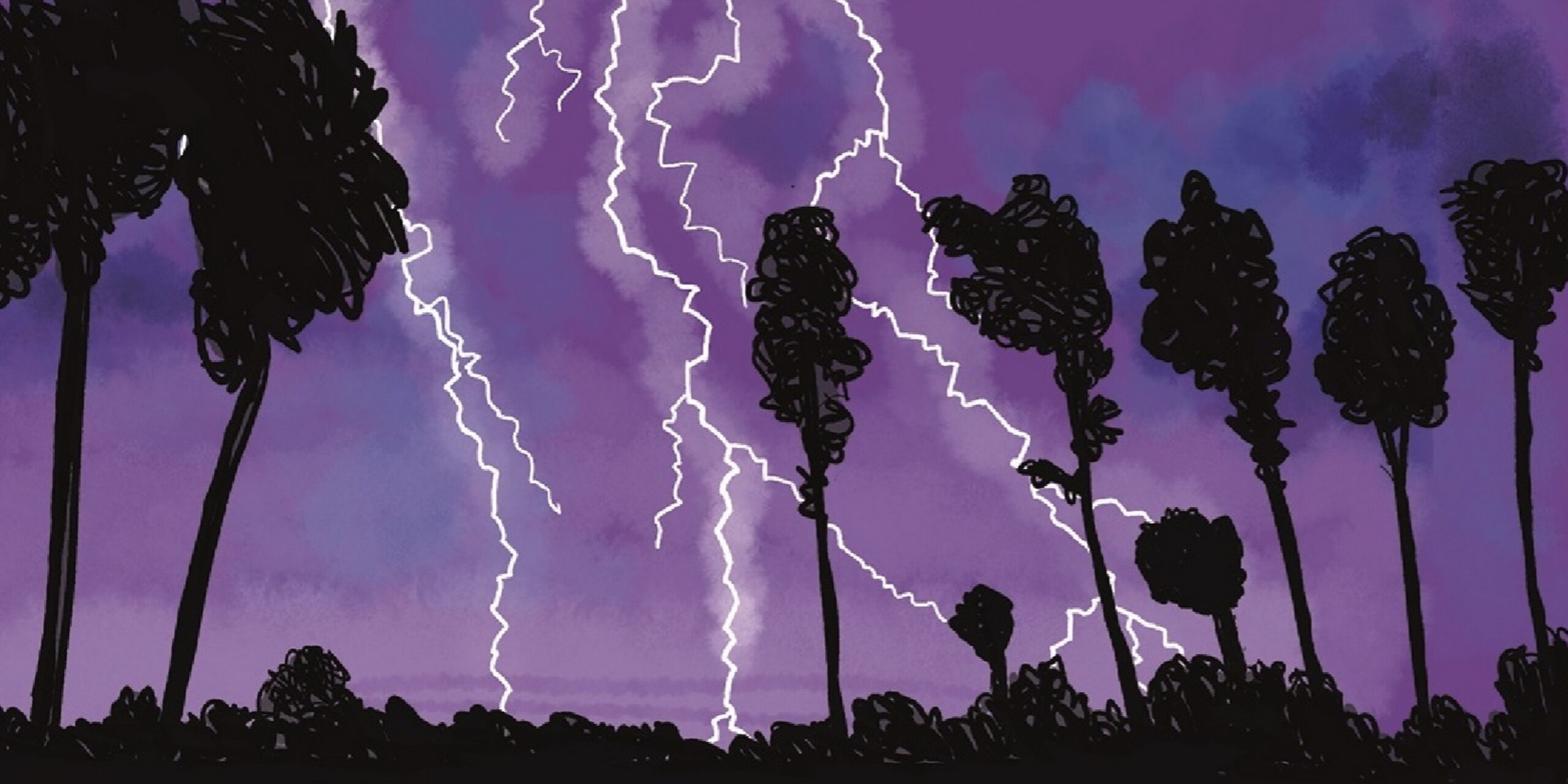
Bacteria and lightning
The evolution of bacteria is also partly caused by lightning and by the powerful electromagnetic discharges associated with lightning. Since electric shocks are sometimes used in laboratories to genetically manipulate bacteria, researchers suggested that lightning could have the same gene-altering effect. To test their theory, they exposed bacteria to electric shocks from artificially generated lightning. Two strains, of the soil bacterium Pseudomonas and the E. coli bacteria, showed the expected results; with the artificial lightning, the bacteria were genetically altered.
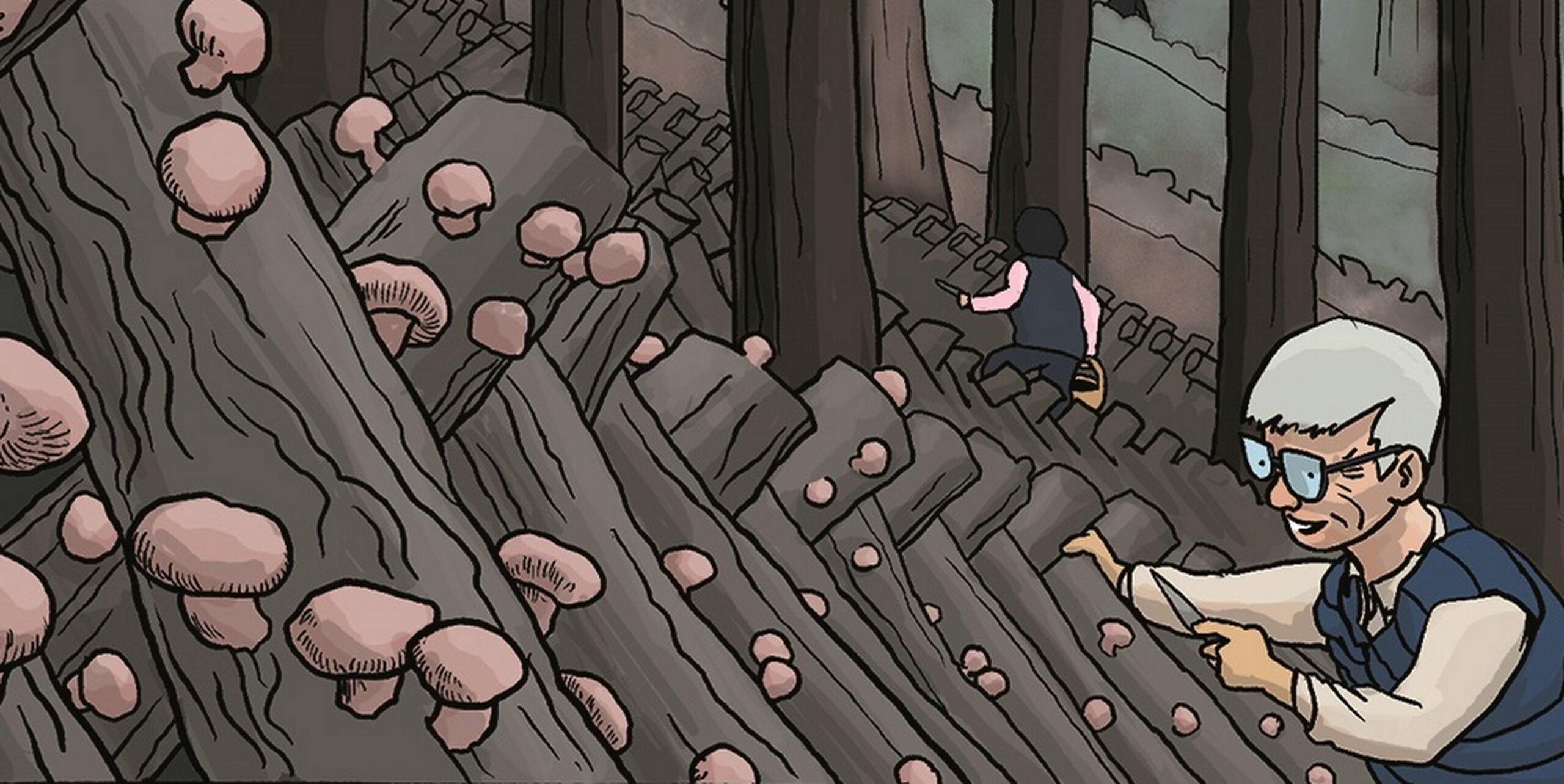
Plants and lightning
After reading Japanese folklore stories about the possibly phenomenal multiplication of mushrooms after a lightning strike, scientists started research into this. This confirmed the stories of mushrooms growing and multiplying faster under the influence of electrical impulses. The yield of Matsutake mushrooms can be doubled by exposing the soil around the fungus to a power surge of 50 to 100 kilovolts for a fraction of a second. In fact, in eight of the 10 mushroom species observed now, pulses of electricity – similar to that of lightning – greatly increase mushroom yields. Besides matsutake, the results of a lightning strike are effective in nameko and shiitake mushrooms. Similarly, a research team discovered that lightning strikes cause radish plants to bud earlier. Experiments have now started in Japan on the impact of electricity on beans, various lily varieties and other plants.
Lightning also sends chemical changes to the earth’s surface, with lightning taking electrons away from soil elements such as manganese and iron. So many things have been happening from the beginning of time as a result of lightning strikes. When meteorites were plummeting down from space it was lightning that sparked life into the barren earth transforming chemical compounds in the ground and the water thus laying the foundation for organic life to appear; which makes lightning possibly one of the engines of evolution.
One specific study explored how the electricity that lightning rods conduct into the soil, affects the soil and plants near the rods. The researchers found that the soil near the rods had more organic matter, potassium, copper, and calcium, but less of some other minerals like phosphorus and iron. The bacteria in this soil were more diverse, with more of certain types like Sphingomonas, Nitrospira, and Reyranella. The Pu-erh tea plants near the rods had higher levels of amino acids, polyphenols, and sugars, but lower levels of catechin and anthocyanin, which are important plant compounds. It is further evidence of the many ways in which lightning impacts and changes the ecosystem; the soil, microbes and plant chemistry.
Next to lightning, there are of course other vital sources of electrical input, such as from volcanic eruptions. And swarms of bees, locusts and other insects together generate even more electricity in the atmosphere then lightning does!
Lightning connects the electric ecosystem on earth to electric activities in space. These cosmic influences keep changing the electro climate of the planet and cause countless biological symptoms everywhere. These symptoms, as they appear in the human body, have given rise to a new field of study; the heliobiology. Without all these electromagnetic influences together, humans, animals and plants would not be able to live.
People as participants in lightning
Thinking about the essence of what we are – our character, our identity, our consciousness – gives the realisation that we are not defined by the contents of the salad we ate last night. It’s the electromagnetic processes, such as memories, thoughts, feelings, consciousness, et cetera that make us who we are. We are basically a spark in a biological capsule. And mixed in with our own personal electromagnetic generation there might be, on a daily basis, other electricity from the greater electric context then we are part of. That’s what the heliobiology illustrates.
So the entire ecosystem including we humans, seems to be plugged into lightning. And the time seems ripe to put the spotlight on the fourth food, as it connects us, more directly and intimately with the global electric circuit.
(This article was originally published in Dutch, in Optimist Magazine nr. 210, May/June 2023)
